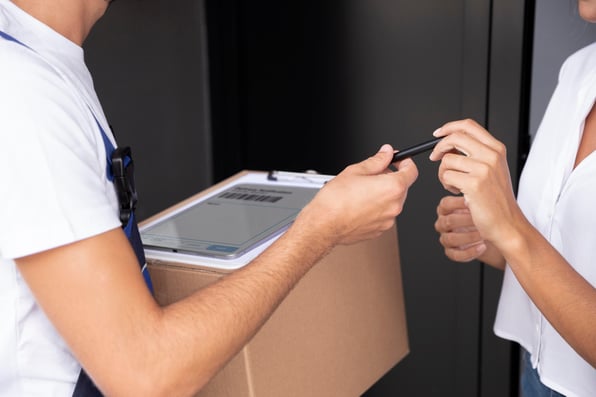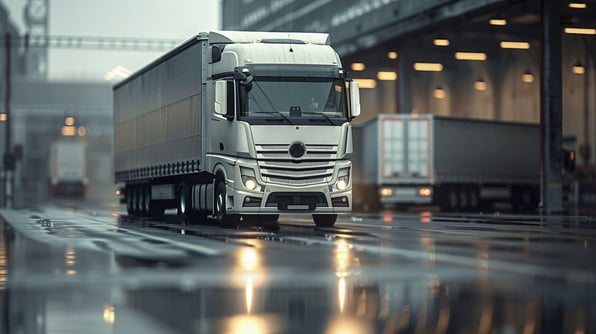
The Importance of Maintenance Cost Percentage in Total Operational Costs for Restaurants
Ciprian Chiripuci

Let's delve into the critical aspect of maintenance cost percentage in total operational costs for restaurants. As a restaurant owner or manager, you understand that maintaining a well-functioning establishment is key to success. In this article, we will explore the significance of managing maintenance costs effectively, provide practical examples, highlight benefits and share some best practices. Let's dive in!
Understanding Maintenance Cost Percentage
Maintenance cost percentage refers to the proportion of total operational costs allocated to maintaining the physical assets and equipment in a restaurant. This includes expenditures on preventive maintenance, repairs, replacements and regular upkeep. By assessing and monitoring this percentage, restaurant owners can gain valuable insights into their overall operational efficiency and make informed decisions.
Examples of Maintenance Costs in a Restaurant
Equipment Maintenance:
- Regular servicing and calibration of cooking equipment such as ovens, grills and fryers.
- Repairs or replacements of refrigeration units, dishwashers and ventilation systems.
- Ensuring smooth operation of POS systems, audiovisual equipment and security systems.
Facility Maintenance:
- Plumbing repairs, including fixing leaks and clogged drains.
- Electrical maintenance, including wiring, lighting and switches.
- Painting and general repairs of walls, ceilings, floors and furniture.
- Regular cleaning and maintenance of restrooms, dining areas and outdoor spaces.
Safety and Compliance:
- Fire safety inspections and equipment maintenance, such as fire extinguishers and sprinkler systems.
- Compliance with health and safety regulations, including pest control, ventilation checks and food storage inspections.
Benefits of Managing Maintenance Costs Effectively
Cost Control and Budgeting:
By tracking maintenance costs as a percentage of total operational costs, restaurant owners can establish realistic budgets, identify cost-saving opportunities and prevent unexpected financial burdens.
Increased Equipment Lifespan:
Regular maintenance and prompt repairs can extend the lifespan of equipment, reducing the need for premature replacements and minimizing capital expenditures.
Enhanced Operational Efficiency:
Properly maintained equipment operates more efficiently, leading to fewer breakdowns, reduced downtime and improved staff productivity. This, in turn, ensures a seamless customer experience.
Safety and Compliance:
Regular maintenance plays a crucial role in ensuring a safe environment for both staff and customers. Compliance with health and safety regulations helps avoid penalties, legal issues and damage to your restaurant's reputation.
Best Practices for Managing Maintenance Costs
Implement Preventive Maintenance Programs:
Schedule regular inspections and maintenance for all critical equipment and assets. This proactive approach helps identify potential issues before they become costly problems, minimizing downtime and repair expenses.
Document Maintenance Activities:
Keep a comprehensive record of all maintenance tasks performed, including dates, details and costs. This documentation provides a valuable historical reference and supports data-driven decision-making.
Train Staff on Maintenance Awareness:
Foster a culture of maintenance awareness among your staff. Encourage them to report any signs of equipment malfunction promptly, ensuring quick response times and preventing further damage.
Partner with Reliable Service Providers:
Establish relationships with reputable maintenance service providers who specialize in restaurant equipment and facilities. Regularly assess their performance and ensure they adhere to agreed-upon service level agreements.
Leverage Technology:
Consider implementing maintenance management software or computerized maintenance management systems (CMMS) to streamline maintenance workflows, track costs, schedule tasks and receive automated alerts for routine maintenance and inspections.
As a responsible restaurant owner or manager, understanding and managing maintenance cost percentage in total operational costs is essential for your long-term success. By prioritizing regular maintenance, you can control costs, extend equipment lifespan, optimize operational efficiency, maintain safety and compliance and ultimately enhance your customers' experience. Remember to implement best practices such as preventive maintenance programs, documentation, staff training, reliable partnerships and technological solutions. Embracing these practices will ensure the smooth operation of your restaurant while nurturing a sustainable business.
Related posts
Here are some resources to help you get more out of your assets


Ciprian Chiripuci
Truck Sealing in Delivery Logistics: Definition, Benefits and Best Practices

Ciprian Chiripuci
Mastering that Last Mile
READY TO TALK?